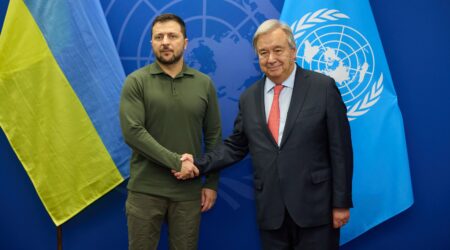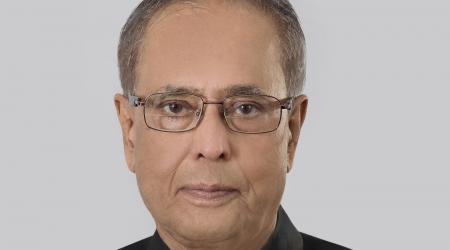By Poonam Khetrapal Singh
As we together continue to strengthen all aspects of COVID-19 response, we must not only reinforce and build the capacity of immunisation systems, but also ready them to meet our next challenge — to equitably and efficiently deploy vaccines against Covid-19.
Almost all countries in the World Health Organization (WHO) South-East Asia Region plan to procure a first tranche of vaccines from the WHO-supported COVAX Facility, the vaccine pillar of the Access to Covid-19 Tools Accelerator.
For the allocation framework to be effective, and for at least 2 billion doses to be delivered to all participating countries globally by the end of next year, immediate and sustained increases in international and global funding are required.
Rapid advances in research and development on vaccines against Covid-19 have seen more than a handful of vaccines reach phase 3 trials, and some have already gone for emergency use authorisation, or are likely to do so very soon. Anticipation is building.
As and when vaccines are found to be safe and effective, countries will need to activate detailed plans to efficiently deploy the initial tranches of Covid-19 vaccines to cover up to 20% of the most vulnerable of their population, and to carry out coordinated and equitable deployments thereafter. WHO will continue to provide member-States its full support to help finalise such plans, with a focus on several key areas.
First, defining priority groups for vaccination. The WHO Strategic Advisory Group of Experts on immunisation has, in recent months, published critical guidance that considers priority groups for vaccination based on different epidemiologic settings and vaccine supply scenarios. Informed by the guidance, countries must make evidence-based, context-specific decisions, accounting for the risk-profile of different groups based on age, underlying health and comorbidities, and socio-demographic risks, among other factors. Across all settings, and whatever the supply scenario, it is imperative that frontline health personnel are provided first access.
Second, enhancing service delivery, communication and vaccine demand. Across the region, countries must identify platforms to deliver vaccines to target populations, while also strengthening infection prevention and control protocols. But of increasingly urgent need is the development and roll-out of comprehensive plans to identify and train an adequate number of health workers and volunteers to administer the vaccine. Crucially, communities must continue to be engaged, listened to and provided high-quality, scientifically sound information, which will in turn drive vaccine demand.
Third, strengthening vaccine cold chain and logistics. Even to reach an initial 20% coverage, countries may have to increase cold chain capacity, which will require additional resources. Logistics working groups will need clear terms of reference and standard operating procedures, not only to coordinate the deployment of vaccines, but also to source and deliver ancillary products.
Complacency must not set in. Although vaccine manufacturing has already started, reaching sufficient availability will take time. In a crisis such as this, there are no silver bullets.
(Poonam Khetrapal Singh is regional director, WHO South-East Asia Region. The opinion piece appeared in The Hindustan Times)












